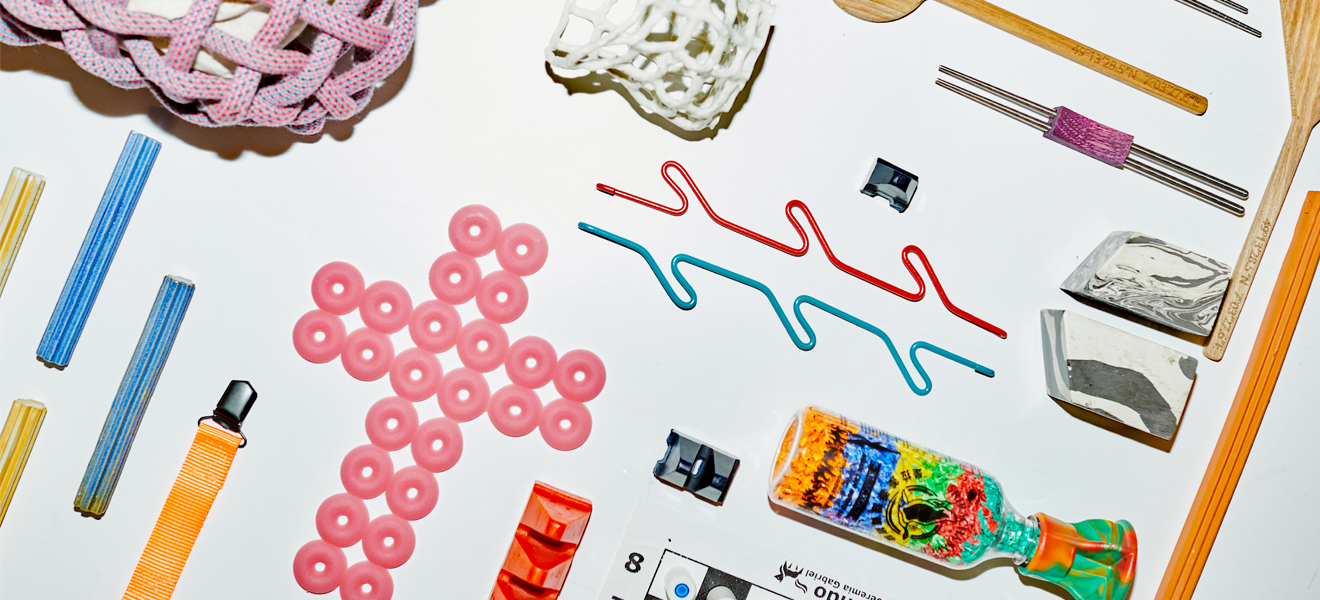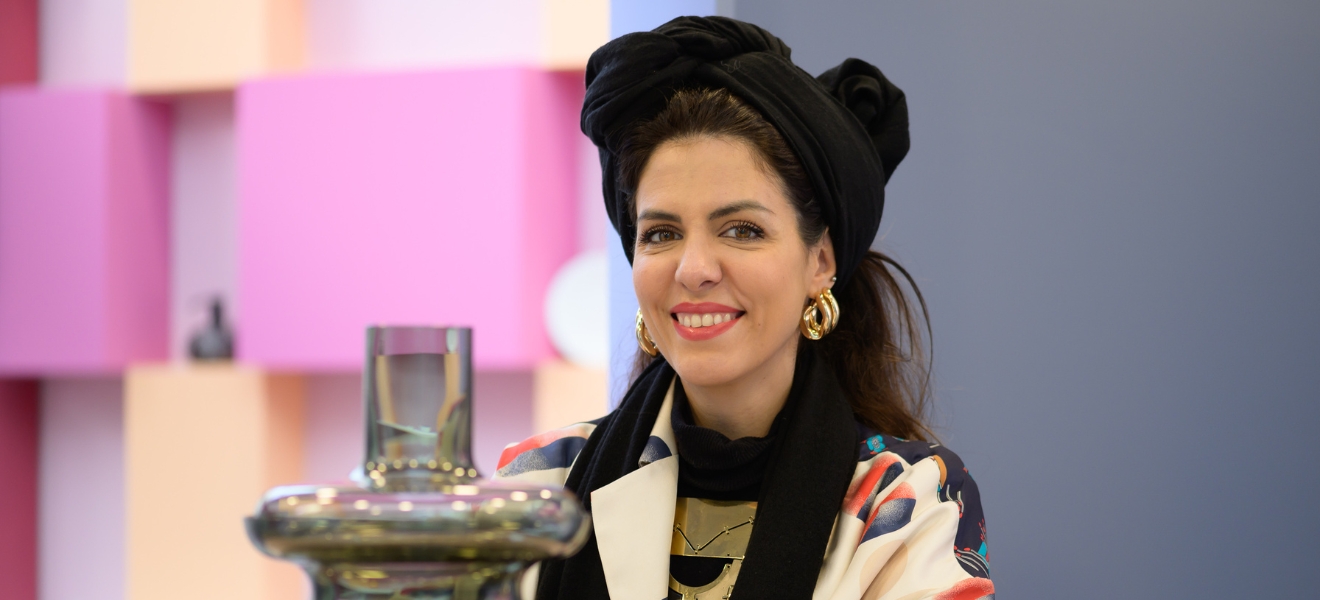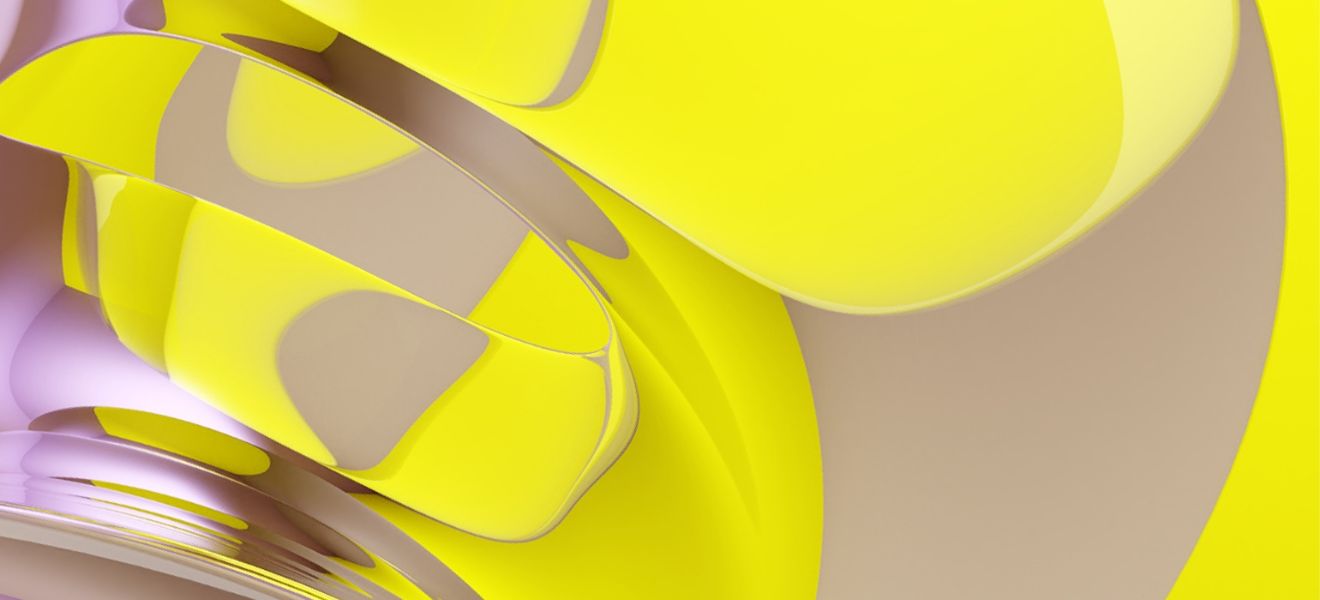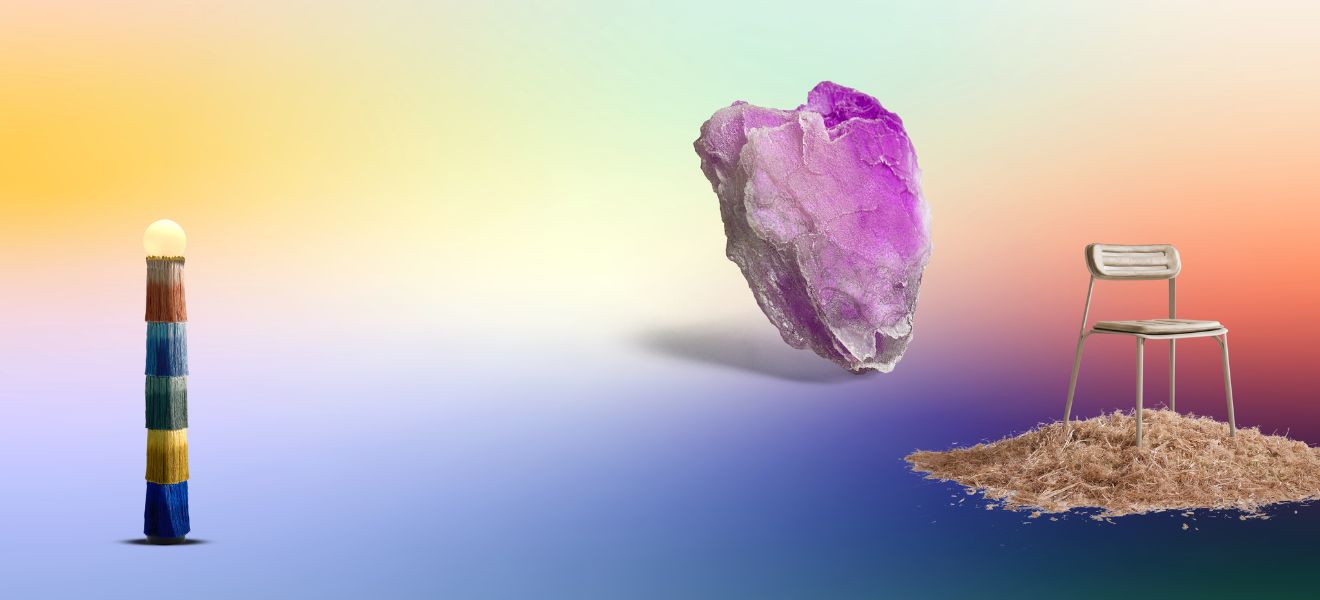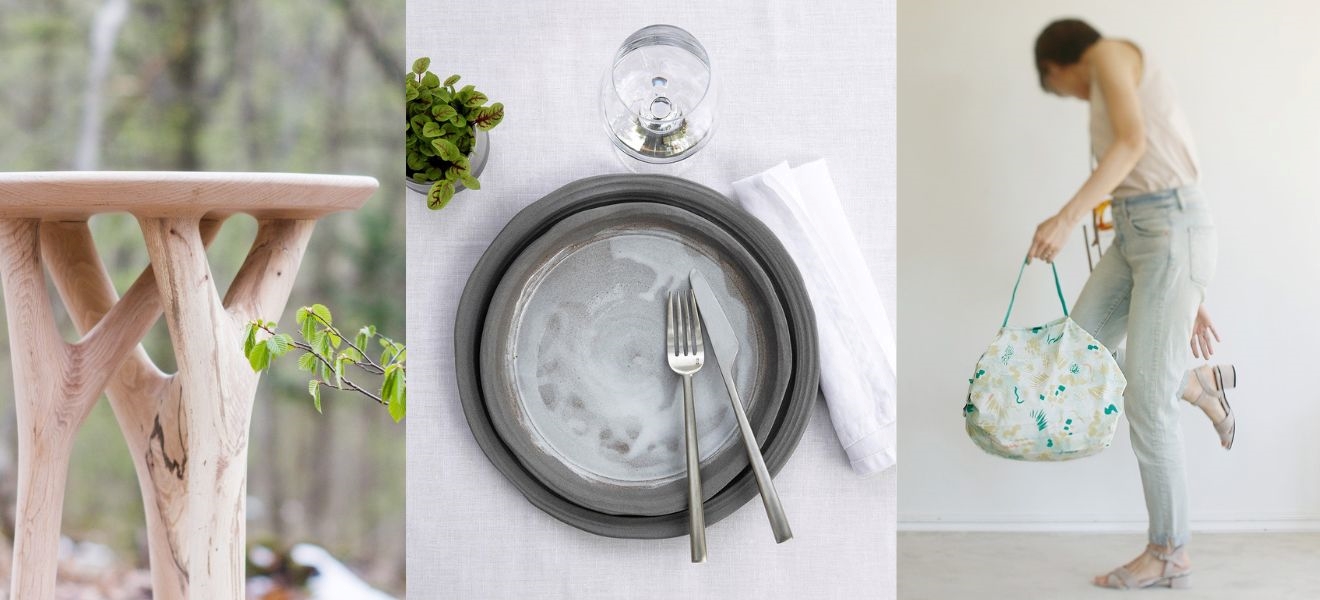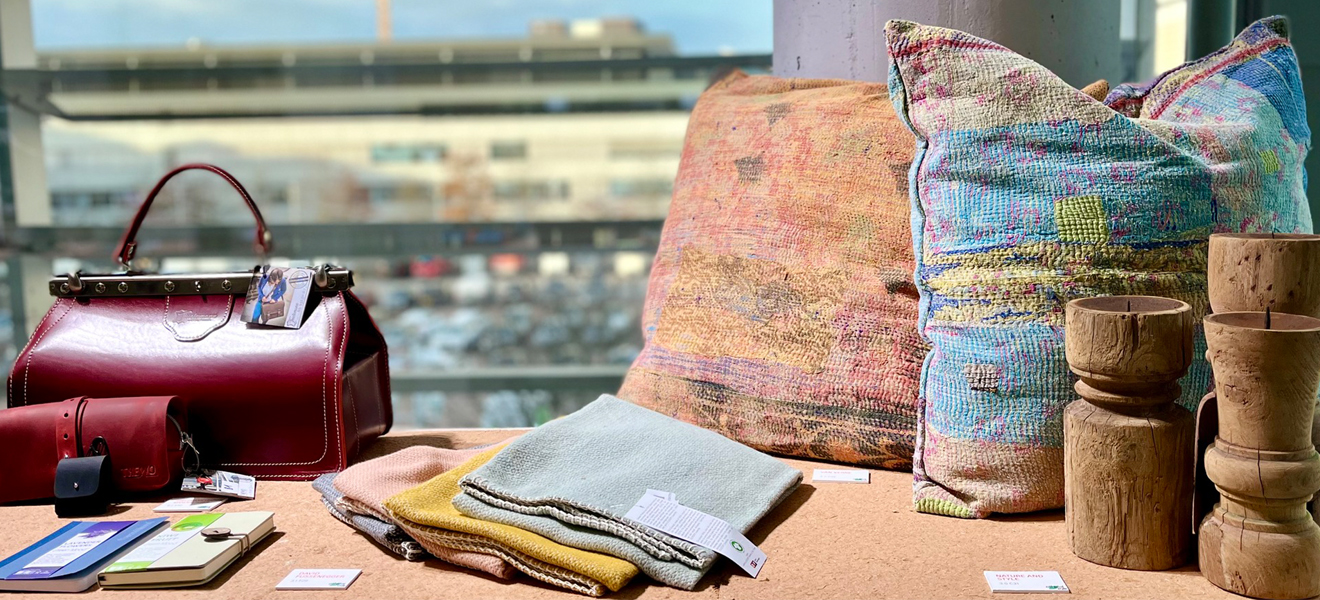Although still young, it’s probably incorrect to call him an up-and-coming product designer. While studying at the University of Art and Design in Offenbach (HfG) Ambiente talent Martin Hirth was already working with many of the big names in the industry. He has received multiple awards and enjoys a high standing with international manufacturers – particularly in the interior design sector. We shall be presenting this experienced newcomer and his work at our #TalentsTuesday.
With his “little P” light for Schönbuch, “Dorian” mirror for pulpo and Design Plus award-winning “Chaplin” floor lamp, which was presented at Light + Building, Martin Hirth is already an established figure in the field of furniture design. However, even with these successes he does not want to label himself as a specialist “because I also work – and will continue to work – in other areas of design”, states the fresh-faced Offenbach graduate and former assistant to designer Sebastian Herkner. 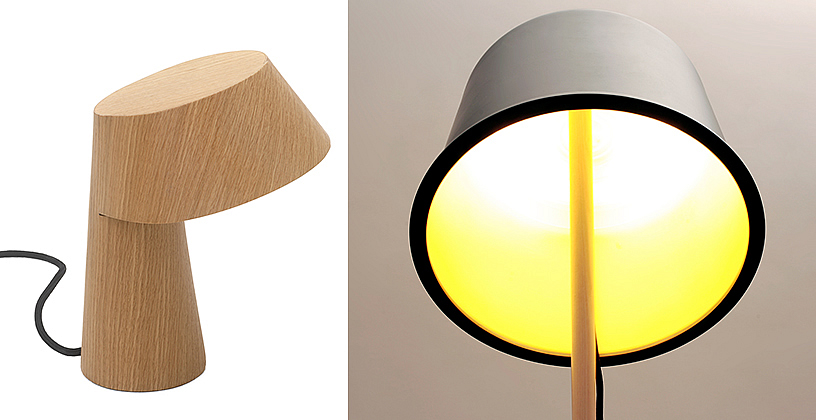 He gathers inspirations for his product developments and designs from everywhere. “The inspiration for a new idea may come from quite trivial details of everyday objects or simply my interaction with these objects. I also like to travel and find inspiration in the wide range of cultures and natural landscapes I encounter.”
He gathers inspirations for his product developments and designs from everywhere. “The inspiration for a new idea may come from quite trivial details of everyday objects or simply my interaction with these objects. I also like to travel and find inspiration in the wide range of cultures and natural landscapes I encounter.”
If you look at his lights, for example, the question that springs to mind is how Martin Hirth actually tackles this sort of task. Is it pure inspiration? Or is it a pure systematic approach that lies behind his cool designs with their conceptual austerity. “At the beginning of any new project there is a phase of research into design history and into current developments,” states Hirth. According to the product designer, the actual process of creation may start with drawings, building paper models, CAD designs or exploration of a particular material. It depends on the particular project. “I don’t have a fixed approach. The job specifications can be so diverse that for each individual piece of work you need to start afresh with the method best suited to the task.”
With the principle of “form follows function”, though, there are no grey areas. For Martin Hirth the two things are intrinsically related. “Here both aspects have top priority. When I start from a functional idea, the subsequent product must also possess aesthetic qualities. And when I begin from an aesthetic aspect, I also aim for unrestricted functionality.”
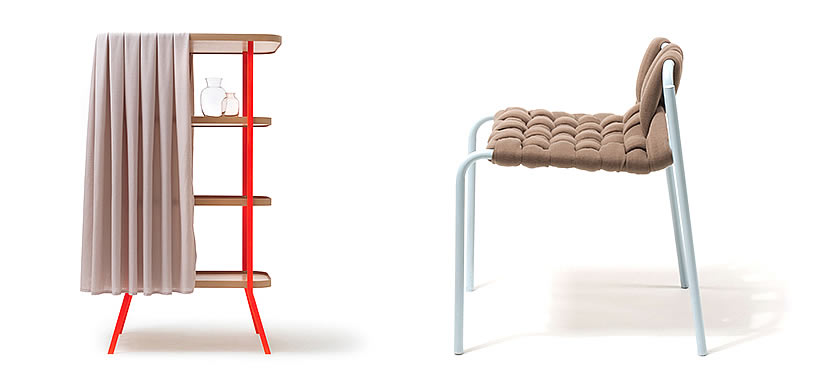 In order to clarify his approach he explains how he created the “Dorian” mirror: “I had in my mind the idea of a classic bathroom mirror-fronted cabinet on which the sides could be opened out so that you can see your own profile. I wanted to transfer this basic typology to a new materiality.” The aim was to create a new class of mirror that serves not only as a functional tabletop mirror but also as a presentation surface that reflects objects in all directions. With the aid of numerous models and trials Martin Hirth developed the lightness of design and the suspended ledge between the mirror panels. “I wanted to design the product as simply and efficiently as possible for manufacture. Mirror-polished stainless steel was just cut to size and bent into shape in order to generate the ledge, the feet and the original three mirror surfaces from a single sheet. This simplicity of construction combined with the high-quality, unpretentious material creates a lightness that I really like.” The mirror is manufactured and distributed by “pulpo”. Dorian is available in two different sizes and three different colours – blue, gold or traditional silver.
In order to clarify his approach he explains how he created the “Dorian” mirror: “I had in my mind the idea of a classic bathroom mirror-fronted cabinet on which the sides could be opened out so that you can see your own profile. I wanted to transfer this basic typology to a new materiality.” The aim was to create a new class of mirror that serves not only as a functional tabletop mirror but also as a presentation surface that reflects objects in all directions. With the aid of numerous models and trials Martin Hirth developed the lightness of design and the suspended ledge between the mirror panels. “I wanted to design the product as simply and efficiently as possible for manufacture. Mirror-polished stainless steel was just cut to size and bent into shape in order to generate the ledge, the feet and the original three mirror surfaces from a single sheet. This simplicity of construction combined with the high-quality, unpretentious material creates a lightness that I really like.” The mirror is manufactured and distributed by “pulpo”. Dorian is available in two different sizes and three different colours – blue, gold or traditional silver. 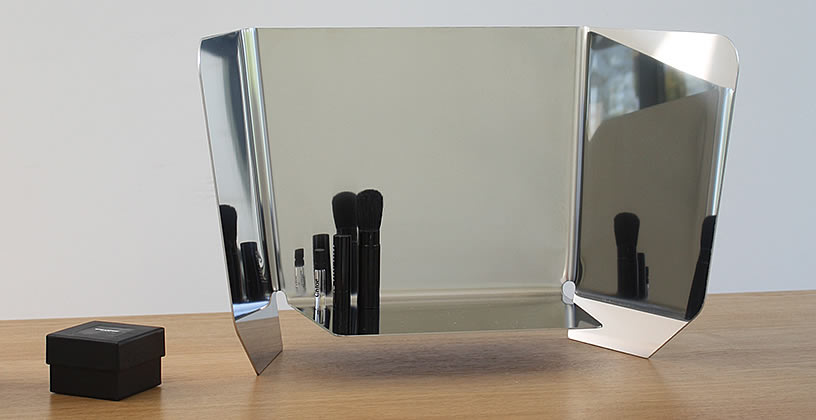 Customers, competition judges and design aficionados appreciate the clarity of the designs of Ambiente “Talent” Martin Hirth. Over the years he has found his own style and refined it. We asked him whether he was influenced by particular designers and design classics in his search: “There are a huge number of influences, too many to list them all. However, I also get a lot of enjoyment from typical everyday objects behind which there is not necessarily a big-name designer. Objects that are calm and unostentatious, that demonstrate aesthetic qualities as well as good practicality.” The Offenbach-based designer, who has attended Ambiente several times as a visitor, will be coming as an exhibitor for the first time in 2015. He intends to use the opportunity to forge valuable contacts and check out attractive new products. As he says: “My main focus of interest will probably be on Halls 3 and 4 where new kitchen and table products will be exhibited. I have a weakness for cutlery …”
Customers, competition judges and design aficionados appreciate the clarity of the designs of Ambiente “Talent” Martin Hirth. Over the years he has found his own style and refined it. We asked him whether he was influenced by particular designers and design classics in his search: “There are a huge number of influences, too many to list them all. However, I also get a lot of enjoyment from typical everyday objects behind which there is not necessarily a big-name designer. Objects that are calm and unostentatious, that demonstrate aesthetic qualities as well as good practicality.” The Offenbach-based designer, who has attended Ambiente several times as a visitor, will be coming as an exhibitor for the first time in 2015. He intends to use the opportunity to forge valuable contacts and check out attractive new products. As he says: “My main focus of interest will probably be on Halls 3 and 4 where new kitchen and table products will be exhibited. I have a weakness for cutlery …”

